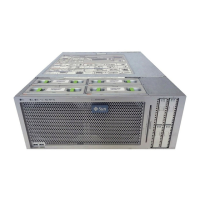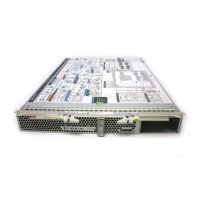Display the Current Domain Configuration (osc-setcoremem)
4.
Consider your next action:
■
Change resource allocations at the socket granularity level.
See “Change CPU/Memory Allocations (Socket Granularity)” on page 182
■
Change resource allocations at the core granularity level.
. See “Change CPU/Memory Allocations (Core Granularity)” on page 186
■
Increase unallocated resources.
See “Park Cores and Memory” on page 190
Related Information
■
“osc-setcoremem Overview” on page 171
■
“Supported Domain Configurations” on page 174
■
“Display the Current Domain Configuration (osc-setcoremem)” on page 178
■
“Display the Current Domain Configuration (ldm)” on page 180
■
“Change CPU/Memory Allocations (Socket Granularity)” on page 182
■
“Change CPU/Memory Allocations (Core Granularity)” on page 186
■
“Park Cores and Memory” on page 190
Display the Current Domain Configuration (osc-
setcoremem)
This procedure describes how to display a compute node domain configuration using the osc-
setcoremem command.
Note - Alternatively, you can use ldm commands to get similar information See “Display the
Current Domain Configuration (ldm)” on page 180.
1.
Log in as superuser on the compute node's control domain.
2.
Use the osc-setcoremem command to view domains and resources.
Note - If you don't want to continue to use the osc-setcoremem command to change resource
allocations, enter CTL-C at the first prompt.
Example:
178 Oracle SuperCluster T5-8 Owner's Guide • May 2016

